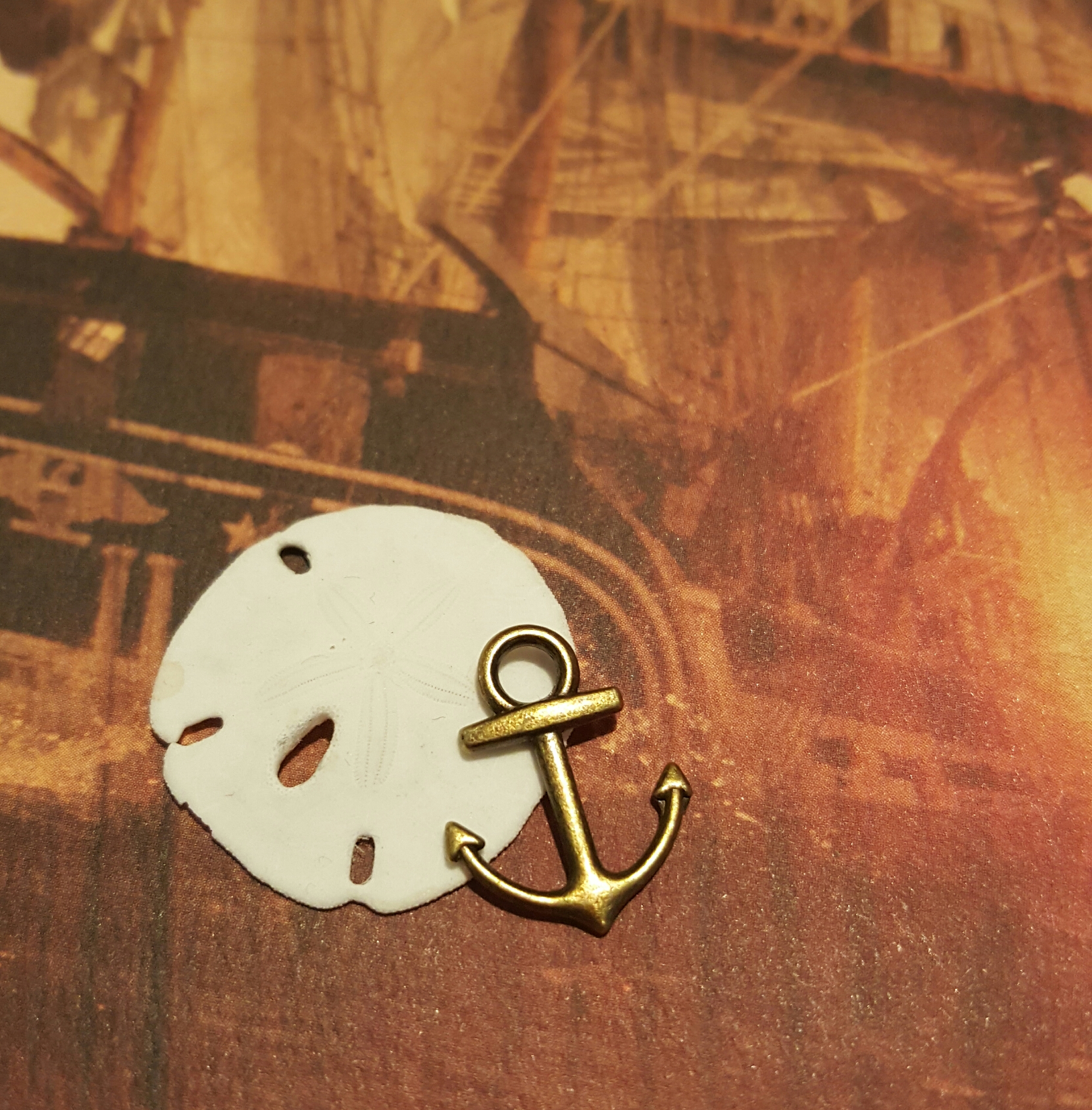Something that gives me endless delight is the obvious pleasure historians take in their physical descriptions of Alexander Hamilton. Here is the latest one I have enjoyed:
His hair was a sandy, reddish strain of blond; his complexion pale, smooth, and prone to freckling. His eyes were gray-blue and bordered across the top by straight, delicate eyebrows. He dressed impeccably in tailored suits, knee breeches, and waistcoats, with polished brass buttons and silver buckles on his shoes… In his engraved portrait on the modern ten-dollar bill, Hamilton’s unsmiling expression projects confidence, aggressiveness, and restless energy, but there is also a suggestion of warmth and wit at the corners of his eyes and mouth.
How Ian W. Toll failed to the mention the nose is most puzzling.

Chapter one of “Six Frigates” definitely hooked me and I am prepared to take on the ensuing 400 pages. I have already discovered a few things of which I had heretofore been unaware — such as the systematic piracy in the Mediterranean that preyed upon defenseless American merchants transporting goods to Greece, Italy, et al in the late 18th century. The Barbary states of Algiers, Morocco, Tripoli, and Tunis had a foreign policy of “unless you give us protection money, we’re at war with you.” Essentially, they expected a large bounty in exchange for not plundering American vessels and taking hostages which would then be sold into slavery. It was the foundation of their entire economy. The US had no naval power in the 1780s, so they were helpless to avoid this without signing “treaties” with these states — in other words, paying the tribute. John Adams attempted diplomacy on this matter with Tripoli in 1786, but the Confederation Congress was of course bankrupt, so even if they had wanted to pay, there was no money to do so. So, America simply had to avoid Mediterranean trade, and all the profit that it would have reaped.
Another fun fact from chapter one was the date of the initial publication of the first of the Federalist essays in New York. A very auspicious date, October 27 would also be the birth date of Theodore Roosevelt, seventy-one years later. (And, incidentally, the birth date of my eldest daughter, 222 years in the future.)
The copy of the book I am reading is autographed by the author, and borrowed from a friend, so unfortunately I am unable to mark it up with my pencil, much to my distress. I have become an inveterate underliner.
